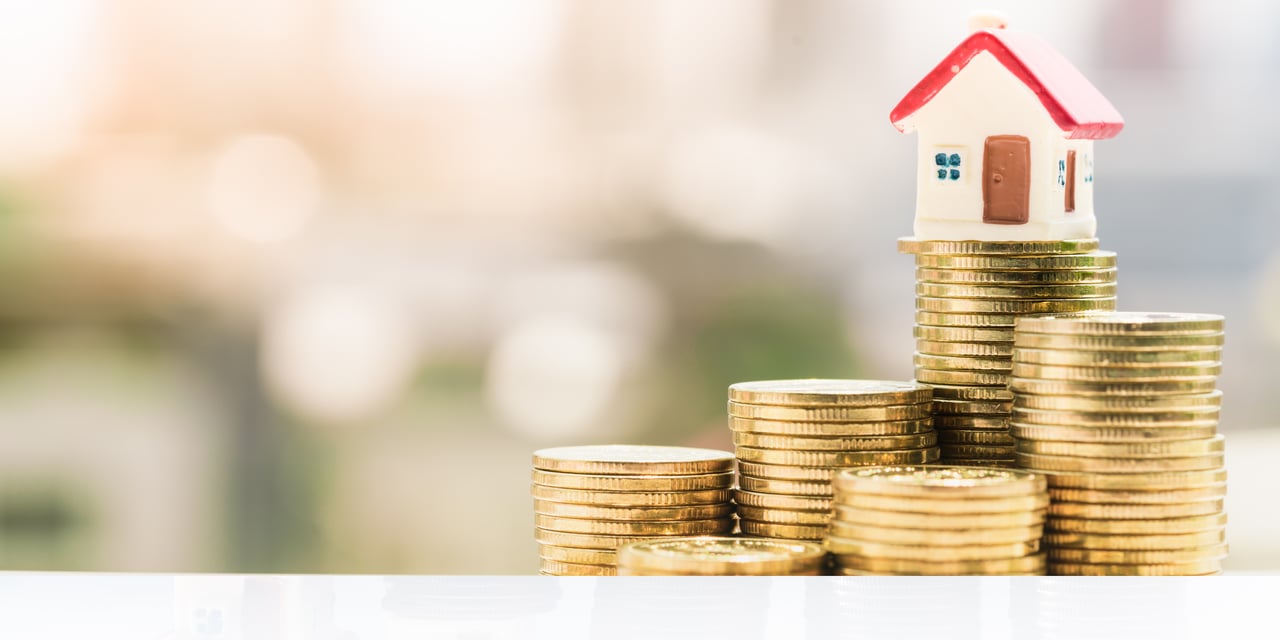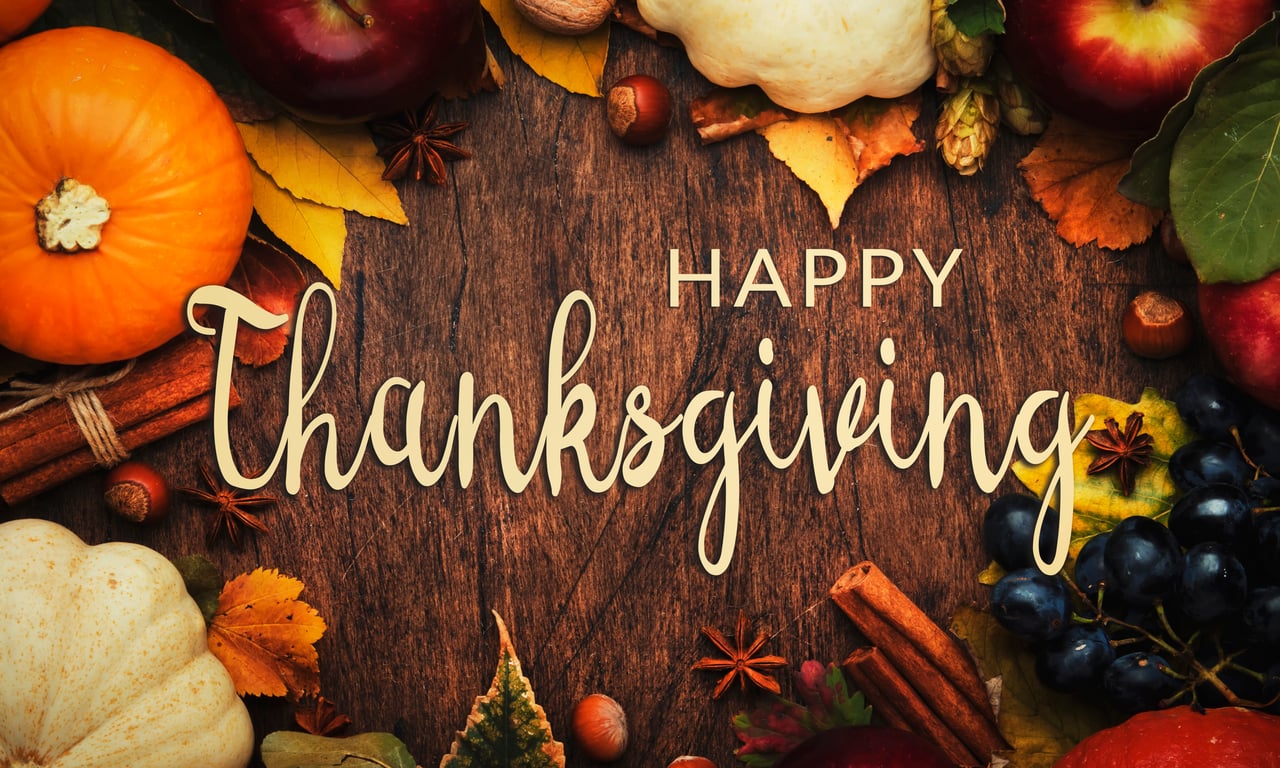- The Origins of Money - From Barter to Fiat
Money. We all spend it, but have you ever stopped to think about where it comes from or how we ended up with our monetary system in the first place?
In this chapter, we delve deep into the fascinating history of money. Long before the days of paper bills and digital wallets, people relied on barter, exchanging one valuable item for another. However, as you can imagine, this system had its limitations. Thousands of years ago, societies started using commodities like spices, salt, and seeds as a form of currency. These commodities were valuable and easy to trade, but they had their downsides too. Imagine carrying around a bag of seeds to buy your daily necessities!
The turning point in the history of money came when people began to use precious metals like gold and silver. Around 700 BCE, the kingdom of Lydia in Asia Minor became the first culture to mint coins. These coins had specific values, making transactions more efficient. This era marked the birth of representative money, backed by gold or silver.
Today, most modern currencies are no longer backed by precious metals but are authorized by governments. We'll explore this evolution and much more as we journey through the intriguing history of money.
2. The Art and Science of Money Manufacturing
Have you ever wondered how those paper bills in your wallet are created? Don't worry, we'll peel back the curtain on the art and science of money manufacturing.
Gone are the days when money was printed with hand-cranked machines in basements. Today, it's a precise blend of craftsmanship and technology.
Currency notes are made from a special blend of cotton and linen, fortified with security features like watermarks and security threads. Talented designers meticulously craft the bill's look and layout using an array of inks, including green, black, metallic, and color-shifting varieties.
But that's just the beginning. Intaglio printing adds portraits, numerals, and intricate details for each denomination. Serial numbers, seals from the Federal Reserve and Treasury, and Federal Reserve Identification numbers are added to make each bill unique.
Sophisticated computers and cameras analyze each bill before they are shrink-wrapped and delivered to the Federal Reserve System.
3. Saving Versus Investing - Making Your Money Work for You
Are you ready to make your money work for you? Let's explore the key concepts of saving and investing, helping you chart a course toward financial growth and security.
Imagine money as a seed you plant in a garden. To grow, it needs care and time. Similarly, when you invest money, you're putting it into something that has the potential to increase in value over time. But where should you start?
There are various avenues for investment, including stocks, bonds, and real estate. Stocks represent ownership in a company, while bonds are like lending money to an entity in exchange for interest payments.
Real estate, on the other hand, involves property and land investments, which can provide rental income and appreciate in value over time.
But what's the difference between saving and investing? Saving typically involves putting your money in a safe place, like a savings account, where it earns minimal interest but remains easily accessible. Investing, however, seeks higher returns by putting your money to work in various assets.
Ready to explore this financial adventure? Feel free to reach out and chat with us about the endless possibilities. We're here to help you get started!





